Back in 2014 Volvo introduced a new edition of its Volvo V60 wagon, unveiling it on four continents including the U.S. market. Just 3 months later the brand purchased Polestar, and it became to Volvo what AMG and M are to Mercedes and BMW respectively. The combination between Volvo reliability and ingenuity mixed with Polestar’s racing experience and success guaranteed the V60 Polestar would be something incredible from the get-go, but no one knew just how amazing. It’s a real shame just 265 Polestars made it into the U.S. The brand isn’t as popular there as it is in Europe, but with time we should see an increase in sale figures.
Exterior
Let’s start with the design. It’s essentially a normal V60/S60 (if you go for the sedan), with not a lot to distinguish it from the normal car if you’re not an enthusiast or Volvo fan. Okay, so the baby blue Polestar color (called Rebel Blue) does give it away, but that’s only if you actually know what the car is. To an unsuspecting passer, it’s a Volvo that just so happens to be finished in a rather bold and unique blue color. Now there are two ways you can look at it. The first one is that the color is too brash and a sedan, and especially wagon, should never come with that finish from the factory. It’s just too bold and not elegant. The other way of looking at it, the one we much prefer, is that the exterior is a reflection of the car’s character. It’s alright that it’s heavenly blue, and it’s alright that it’s a Volvo. Plus if you don’t like it there are now three different colors: Black Sapphire, Ice White and Bright Silver. The somewhat understated design balances off that blue beautifully, creating a car which looks neutral. It’s neither aggressive nor too understated, but rather just right.
Of course it gets some visual upgrades in the form of a front splitter, different bumper, sideskirts and a different rear section, but they’re not that pronounced. Like we said, unless you’re a true Volvo fan you’d have to be really bothered to see the differences even if the Polestar and a normal car were next to each other. As for which one looks better, you’ll have to decide. We personally like the V60. There’s just something so uber-cool about fast wagons, you can’t really describe it. Perhaps it’s the unsuspecting speed it’s capable of offering, which will shock even the fastest of sedans and hatchbacks. We really dig it. It’s unmistakably a Volvo, but there’s something special in it. Call it character, charisma, whatever you want.
Interior
The interior is where the Polestar might let you down just a tad. Not because it’s bad, but because it doesn’t offer a whole lot on top of the normal V60 and S60 models. But then again, neither do most M-models and RS variants from Audi, so we can’t complain a whole lot on that front. That said, it does get a sportier steering wheel, upgraded seats, racier pedals, special floor mats and a whole plethora of Polestar-branded items. As for upholstery, naturally you get Polestar-unique materials and colors not found in the standard cars.
The design of the dashboard and center console may seem a bit dull, and that’s because it is, but it’s functional and we couldn’t really fault it. The ergonomics are perfect and this being Volvo everything is exactly where you’d expect it to be. The seating position is nice, there’s ample amount of room even in the back, with best in-class cargo space, especially if you go for the wagon. The materials used are of the highest-quality, both the leather, aluminum brushed accents and even the few plastics present here and there. It’s a quality item, and it feels like it. The fit and finish is second to only maybe Lexus and Rolls-Royce, which is really saying something. It just feels like it can withstand a nuclear explosion.
Engine and Performance
Under the hood there’s a 3.0 liter six-cylinder unit with 350 horsepower and 369 lb-ft of torque. The engine is mated to a six-speed automatic and a clever Haldex all-wheel drive system. If we’re honest the automatic box isn’t the best, it’s far off the pace of modern dual-clutches and even ZF’s eight-speed, but it isn’t bad. It doesn’t hesitate on upshifts, but can be reluctant to downshift at times. It’s extremely rare however.
Performance is absolutely ridiculous for a wagon. The sprint to 100 km/h takes just 4.9 seconds, with 200 km/h coming up in 17.7 seconds. The top speed is governed by an electronic limiter at 250 km/h, but we’re positive it can go beyond 270 given someone finds a way to derestrict it.
Judging it purely based on its straight-line speed would be a shame however, because it’s so capable in the corners. The chassis modifications increased rigidity, introduced stiffer springs and high-end Ohlins shocks. It’s cliché, but it does corner like it’s on rails. The Haldex AWD does wonders through the bends. Enter slightly too fast, it will scrub the speed off, and you’re just free to matt the throttle from there on. It will sort itself out and pull through the exit of the corner at speed which will earn you decent jail-time.
The 20-inch Polestar wheels with low-profile tires aren’t as uncomfortable as we first thought they would be, and the ventilated discs with Brembo calipers ensure this behemoth stops even from the most ridiculous of speeds. They don’t seem to fade either.
Conclusion
It’s a real shame more people aren’t interested in the V60 and S60 Polestar models. They’re genuine alternatives to the usual array of German and Japanese performance sedans and wagons. They’re so rare you’re more likely to see a Ferrari or a Pagani. If that isn’t incentive enough to get one, we don’t know what is.
 There are several reasons why gas prices differ across USA. These include:
There are several reasons why gas prices differ across USA. These include:

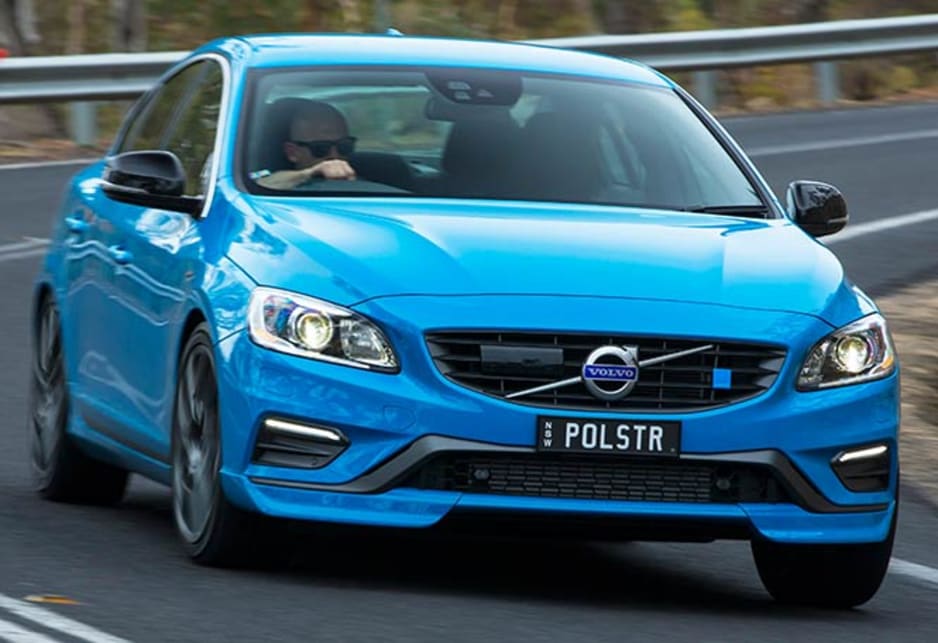
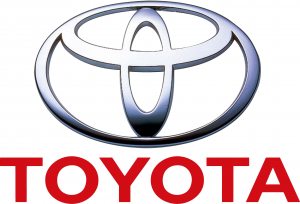 Think of Toyota, and you’re probably thinking of one of the world’s largest and
Think of Toyota, and you’re probably thinking of one of the world’s largest and 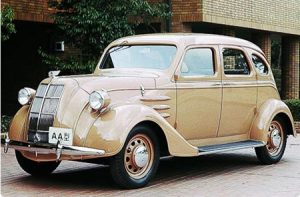 Toyota Motor Co. officially separated from the rest of Toyoda in 1937, when it became an independent manufacturer. The name change from Toyoda to Toyota was due to the fact that the Japanese symbol for the word went from Kanji to katakana giving it 8 letters. In East Asian culture, the number 8 is considered lucky, so Toyota decided to go with that. During the great Pacific War (essentially World War II), the company started making trucks for the Imperial Japanese Army. The demand for trucks was greater than the actual production, as Toyota was basically the largest and only provider. To make as many as possible, they had to keep the trucks simple and bare. They didn’t even come with two headlights, but rather a single one in the middle of the hood. A scheduled Allied bombing was planned to shut down the Toyota factories in Aichi and completely cripple Japan, but the war thankfully ended long before that.
Toyota Motor Co. officially separated from the rest of Toyoda in 1937, when it became an independent manufacturer. The name change from Toyoda to Toyota was due to the fact that the Japanese symbol for the word went from Kanji to katakana giving it 8 letters. In East Asian culture, the number 8 is considered lucky, so Toyota decided to go with that. During the great Pacific War (essentially World War II), the company started making trucks for the Imperial Japanese Army. The demand for trucks was greater than the actual production, as Toyota was basically the largest and only provider. To make as many as possible, they had to keep the trucks simple and bare. They didn’t even come with two headlights, but rather a single one in the middle of the hood. A scheduled Allied bombing was planned to shut down the Toyota factories in Aichi and completely cripple Japan, but the war thankfully ended long before that.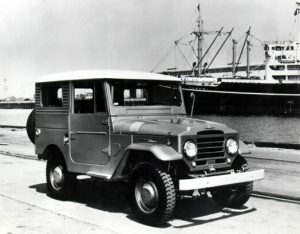 Japan was arguably the most devastated country after the War. Economic growth was nonexistent, with even the most prominent of companies struggling to survive. None the less, production continued with the
Japan was arguably the most devastated country after the War. Economic growth was nonexistent, with even the most prominent of companies struggling to survive. None the less, production continued with the 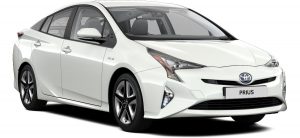 Today, Toyota is thriving in large sale numbers, but the most recent troubles date back as recent as 2008. During weak US economy in 2008, Toyota announced that their numbers have been slowly but surely declining. The same thing happened with the Detroit Big Three. The reason was simple: the Tundra wasn’t selling in the needed numbers, and neither were the Prius, Corolla or Yaris. Fast forward some 5 years later, and everything’s changed yet again. The high demand of hybrids put the Prius back on the radar for lots of potential buyers, and the increase in pickup demand meant the affordable Tundra became an option for many people.
Today, Toyota is thriving in large sale numbers, but the most recent troubles date back as recent as 2008. During weak US economy in 2008, Toyota announced that their numbers have been slowly but surely declining. The same thing happened with the Detroit Big Three. The reason was simple: the Tundra wasn’t selling in the needed numbers, and neither were the Prius, Corolla or Yaris. Fast forward some 5 years later, and everything’s changed yet again. The high demand of hybrids put the Prius back on the radar for lots of potential buyers, and the increase in pickup demand meant the affordable Tundra became an option for many people.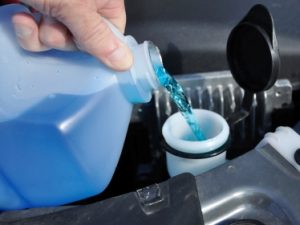 Apart from snow, there’s another obvious way to figure out winter has settled in: everything around start freezing. And believe it or not, your car might freeze too and refuse to start in a cold December morning. Most of the time, the issue resides in improperly maintained engine fluids. Using proper engine oil and antifreeze goes a long way in keeping your car ready to go on winter days. Here’s a more detailed approach on the subject.
Apart from snow, there’s another obvious way to figure out winter has settled in: everything around start freezing. And believe it or not, your car might freeze too and refuse to start in a cold December morning. Most of the time, the issue resides in improperly maintained engine fluids. Using proper engine oil and antifreeze goes a long way in keeping your car ready to go on winter days. Here’s a more detailed approach on the subject.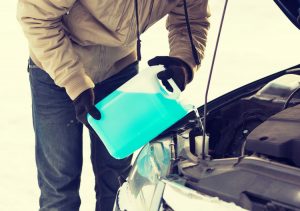 Your car relies on coolant to keep engine temperature at a steady value where it provides maximum yield. On the other hand, as winter sets in, very low temperatures may cause coolant to freeze within the piping and the radiator. If this happens, your car’s cooling pump will be overloaded and eventually fail resulting in a costly replacement.
Your car relies on coolant to keep engine temperature at a steady value where it provides maximum yield. On the other hand, as winter sets in, very low temperatures may cause coolant to freeze within the piping and the radiator. If this happens, your car’s cooling pump will be overloaded and eventually fail resulting in a costly replacement. Before you buy car insurance you should compare prices on car insurance. You may not recognize how valuable this one step can be until you witness it yourself. There are plenty of good solid options for car insurance many you would never be exposed to unless you compare prices on car insurance plans.
Before you buy car insurance you should compare prices on car insurance. You may not recognize how valuable this one step can be until you witness it yourself. There are plenty of good solid options for car insurance many you would never be exposed to unless you compare prices on car insurance plans.